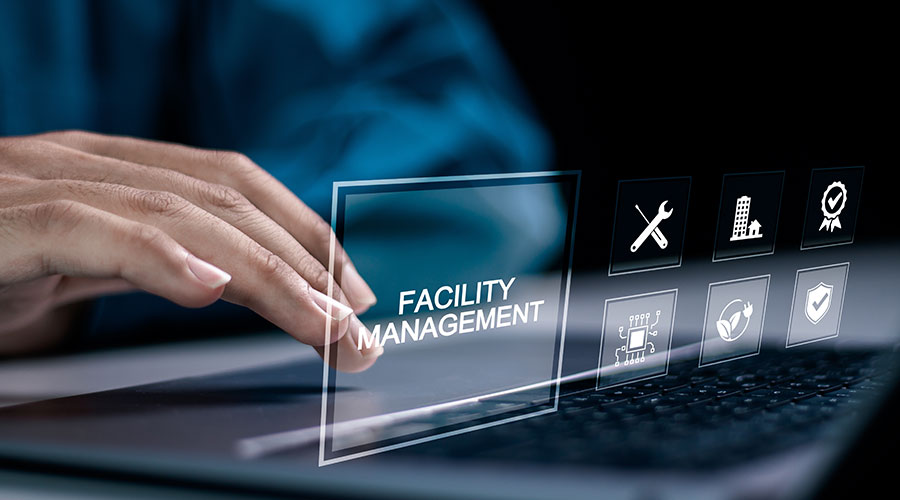Innovative Technologies Help Ensure Higher Data Center Temperatures Are Safe
As technology evolves, computer power density will increase, consuming more energy and generating more heat. In response, manufacturers will come up with additional innovative technology to cool equipment. Voss said that one such new cooling system that is now available utilizes an air-to-heat transfer without mixing the two sources of air (outside air and data center air). "This type of cooling is well suited for high density and high operating temperatures, since response time to actual data center load fluctuations is very short," he says.
The system uses a heat-transfer wheel, also called an enthalpy wheel. "The wheel has been tested on density up to 40,000 watts per cabinet, and it has a very quick response to additional heat sources — much quicker than chilled water," says Voss. "It can react in a matter of seconds rather than several minutes, as long as the air temperature is less than 70 F. At 70 F or higher, a supplemental cooling system will chill air for the wheel." Right now wheels are operating in Europe and Canada and at two sites in the United States, says Voss.
Another trend is to build new data centers in very dry, low humidity climates and use adiabatic cooling, which puts cool water into the very dry air. The water evaporates and lowers the temperature. Some of the big tech companies are using this technique in very dry climates in the high desert of the Pacific Northwest, says McEnteggart, where the average humidity is 30 percent. Large data centers are also being built in cooler climates on either side of the Canadian border, he says, in Ontario, Canada, and Buffalo, N.Y.
Maryellen Lo Bosco is a freelance writer based in Asheville, N.C., who covers facility management and technology. She is a contributing editor for Building Operating Management.
Related Topics:














